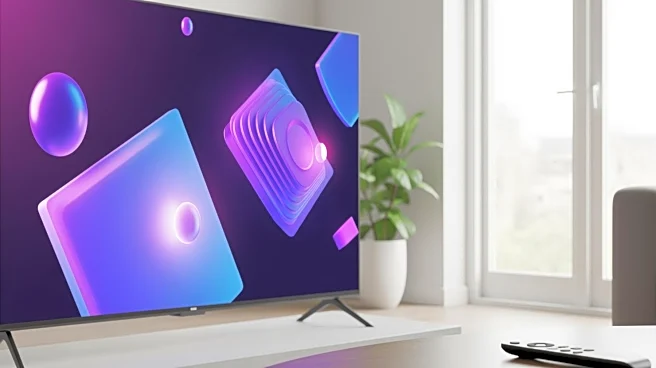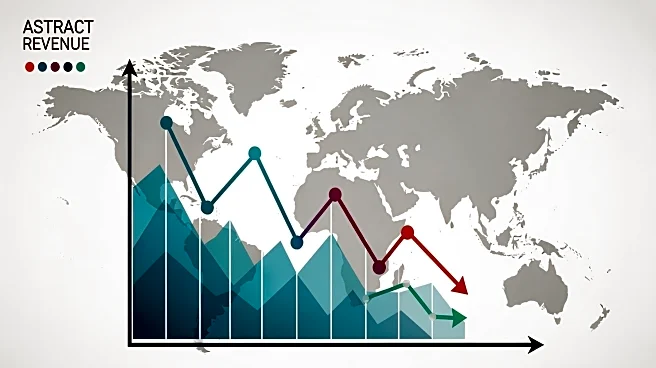What's Happening?
Out-of-home (OOH) advertising is experiencing a growth phase, driven by digital integration and creative strategies. The Out of Home Advertising Association of America (OAAA) reported a 16th consecutive
quarter of growth, with revenues approaching $10 billion annually. This growth is largely attributed to digital iterations of OOH, despite some reports indicating flat revenues. Industry experts highlight the potential for innovation in OOH through dynamic creative optimization, augmented reality integrations, and contextual placements. The medium is evolving to include programmatic digital out-of-home (pDOOH) options, offering a blend of traditional and digital buying environments. The focus is on enhancing the connection between advertising screens and real-world experiences, aiming to capture attention in an increasingly digital landscape.
Why It's Important?
The growth and innovation in OOH advertising are significant for marketers seeking to leverage both traditional and digital channels. As digital channels continue to rise, OOH offers a unique opportunity to engage audiences in public spaces, providing a tangible real-world experience. The integration of digital technologies, such as augmented reality and dynamic creative optimization, allows for more personalized and engaging advertising campaigns. This evolution in OOH advertising could lead to increased investment in the medium, as marketers look to diversify their strategies and reach consumers in new ways. The ability to measure performance and retarget audiences based on OOH exposures further enhances its appeal, offering practical results despite challenges in perfect attribution.
What's Next?
The future of OOH advertising may involve more personalized and curated messaging, driven by advancements in AI and data analytics. As wearable technology becomes more prevalent, the potential for individually personalized OOH experiences increases, although privacy concerns remain a limiting factor. The industry is likely to continue exploring ways to integrate OOH with other digital and experiential marketing efforts, maximizing the connection between advertising screens and consumer engagement. This could lead to a broader adoption of OOH advertising as a key component of integrated marketing campaigns, with continued innovation in creative strategies and measurement techniques.
Beyond the Headlines
The ethical implications of personalized OOH advertising, particularly regarding privacy and data usage, are an important consideration for the industry. As technology enables more targeted and specific messaging, advertisers must balance personalization with consumer comfort and privacy concerns. The cultural shift towards digital and experiential marketing also highlights the need for creative strategies that resonate with diverse audiences, capturing attention in a crowded media landscape. Long-term, the evolution of OOH advertising could redefine the role of traditional media channels, positioning them as integral components of modern marketing strategies.











